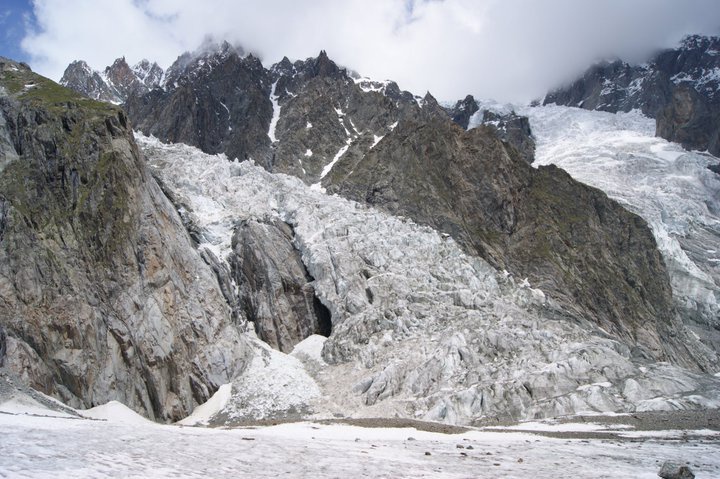Reconstructing variations in the timing and intensity of past climate perturbations in Northern Europe: the 'Little Ice Age' (LIA) and Younger Dryas (YD)

This project focused on one of two crucial climate perturbations, either cooling during the LIA (ca AD 1200-1900) or during the YD (ca 12,900-11,700 BP).
The former displayed many similar characteristics to the YD, and was analysed with unprecedented precision (for example, through climatic proxies, including measured and anecdotal historic records).
The latter was significant because the cooling was likely caused by a 'sudden' input of freshwater into the North Atlantic, a scenario which may have implications for the near future due to increased runoff from the Greenland Ice Sheet.
A broad range of proxy data, most of which is already available, was used and some was newly acquired for the purpose of this project, to provide an ideal spatial and temporal framework combining fast response (climate and human) data (ie low signal-to-noise ratio), and slower response (glaciers) data (ie higher signal-to-noise ratio).
This multidisciplinary study aimed to improve our understanding of the temporal, spatial and magnitude response of the pan North Atlantic environments to past climate perturbations.
